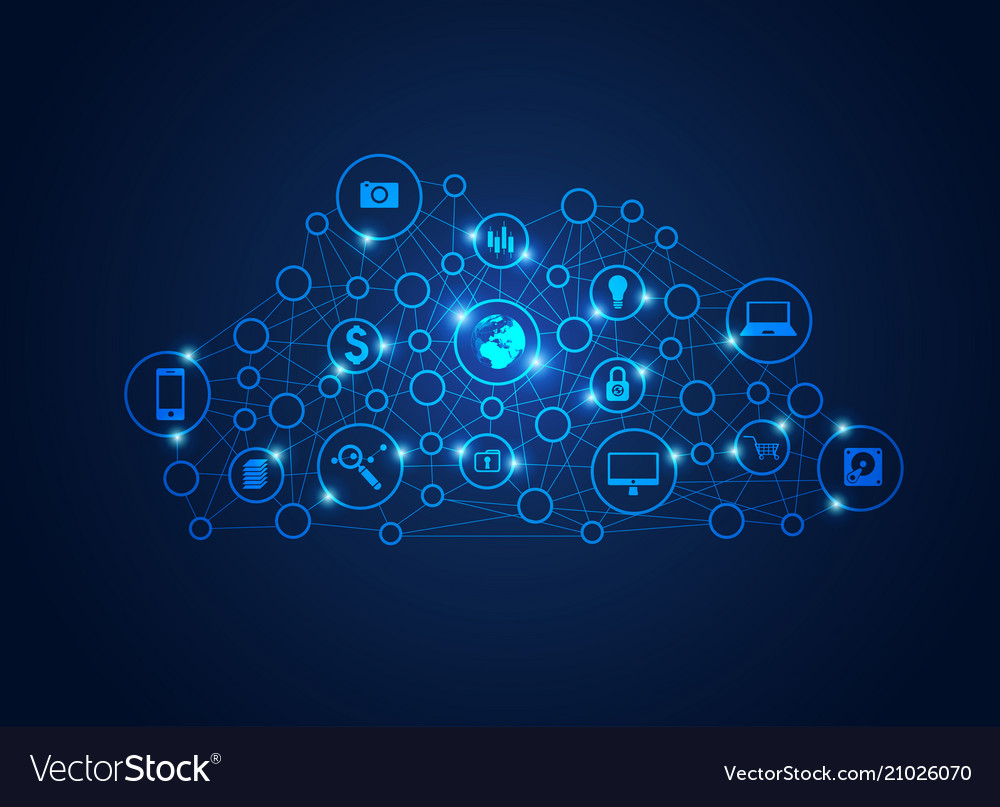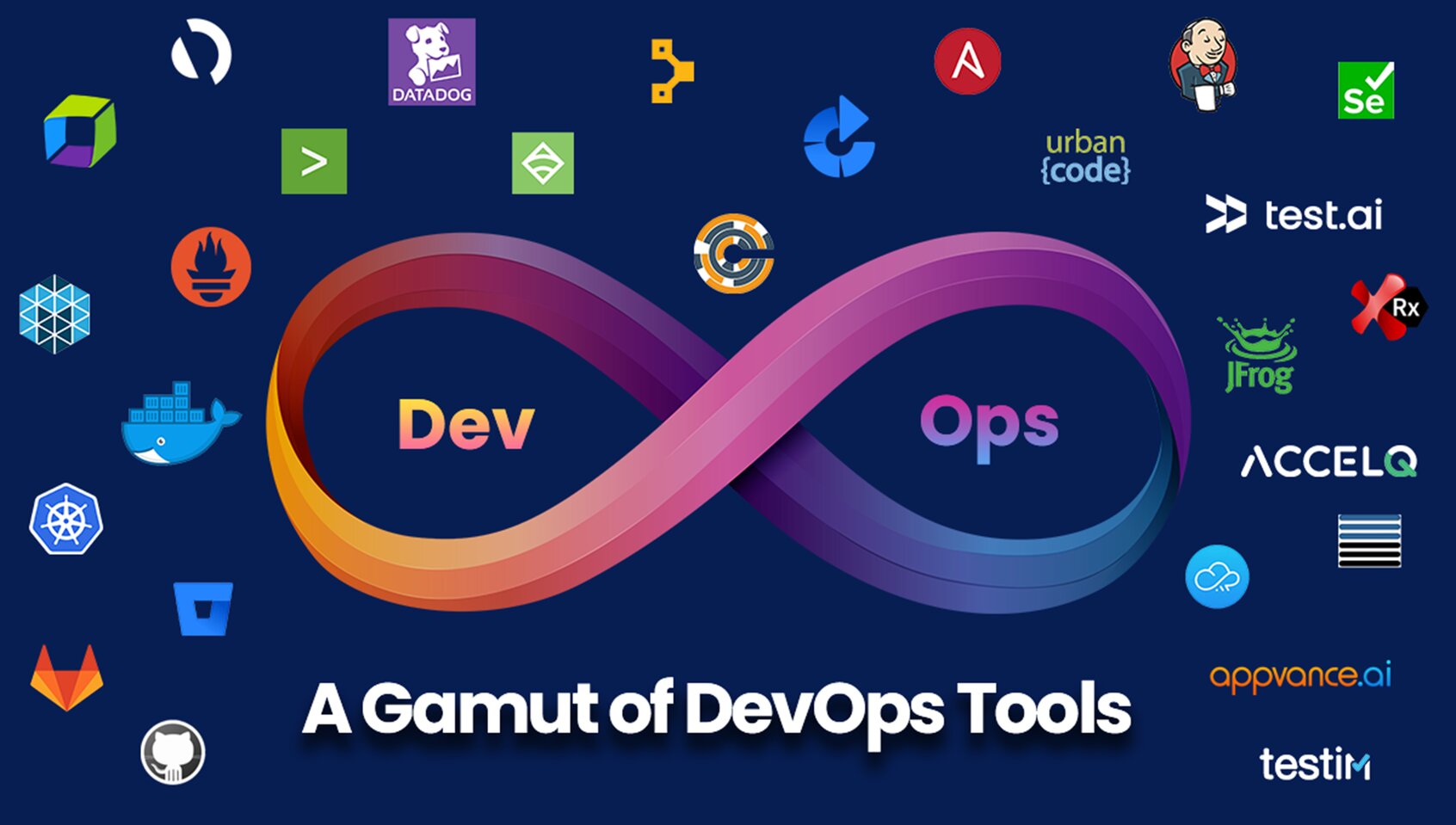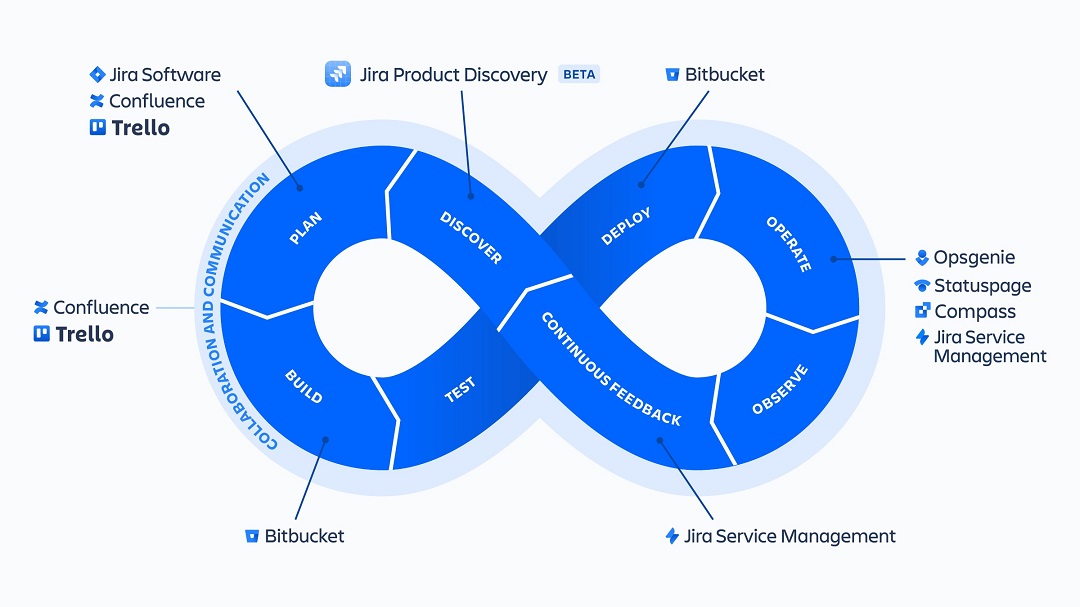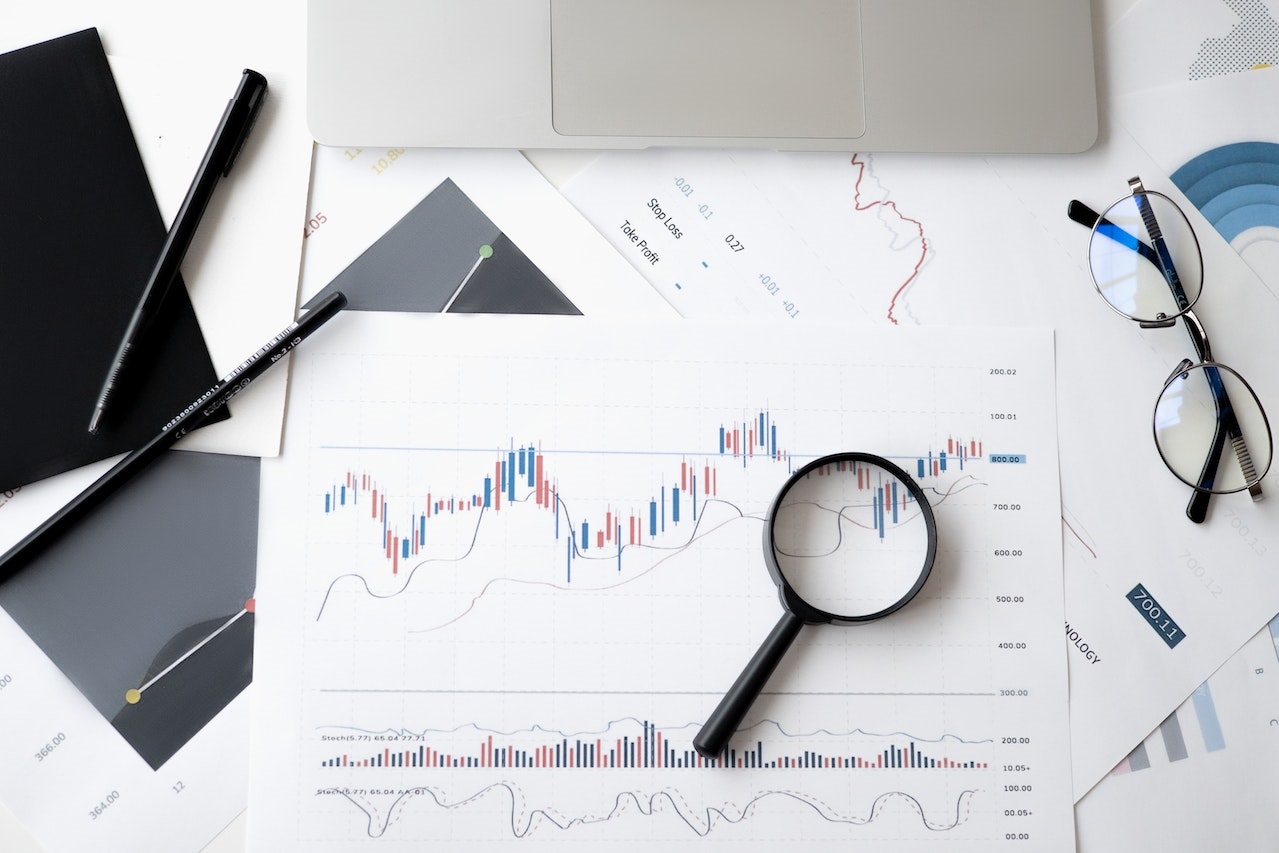A beginner's guide to understanding IoT: How it is changing our world
Published
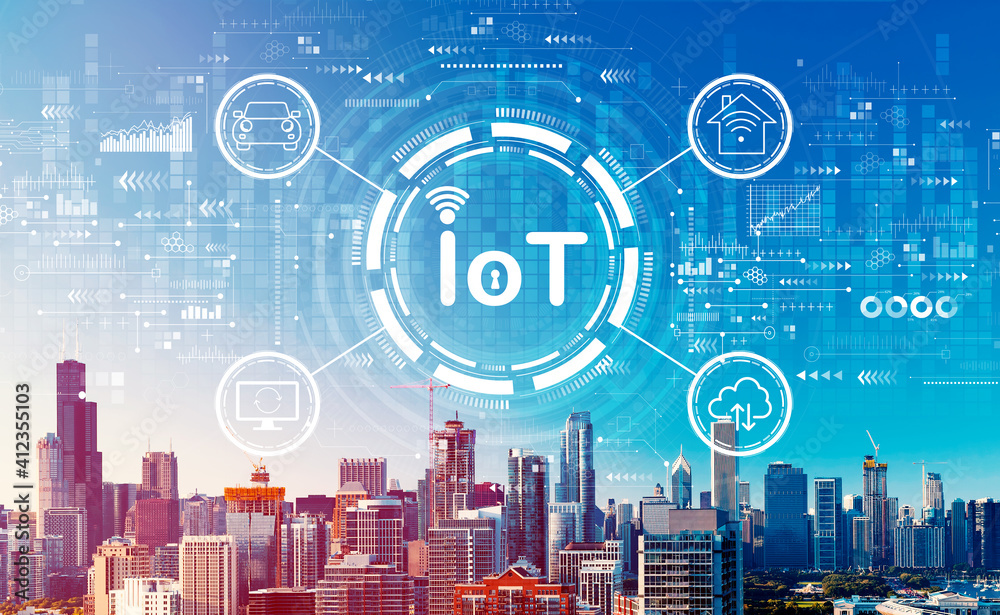
What is IoT and how does it affect our daily lives?

Those : dreamstime.com
IoT stands for the Internet of Things and refers to a network of interconnected physical devices that can communicate with each other and exchange data over the Internet. These devices, which can include everyday items like smart thermostats, wearable fitness trackers and connected cars, are equipped with sensors, software and other technologies that allow them to collect and share data.
The impact of IoT on our daily lives is significant and continues to grow. With IoT, our daily lives will become more convenient, efficient and connected. For example, smart home appliances allow us to control our lighting, thermostats and security systems remotely via our smartphones. Wearable devices track our health and fitness, providing real-time data and insights. Smart devices optimize energy consumption and reduce waste. Connected cars offer navigation, safety and entertainment functions. In industries such as healthcare, IoT enables remote patient monitoring, telemedicine and improved healthcare delivery.
IoT also has the potential to transform industries such as agriculture, transportation and manufacturing, leading to higher productivity, lower costs and greater sustainability. However, the IoT also raises concerns about privacy, security and ethical implications, as the collection and use of vast amounts of data raises questions about how that data is stored, shared and used.
Overall, IoT is changing the way we live, work and interact with technology, and its influence on our daily lives is likely to continue to grow in the future.
What are some examples of IoT devices and how do they work?
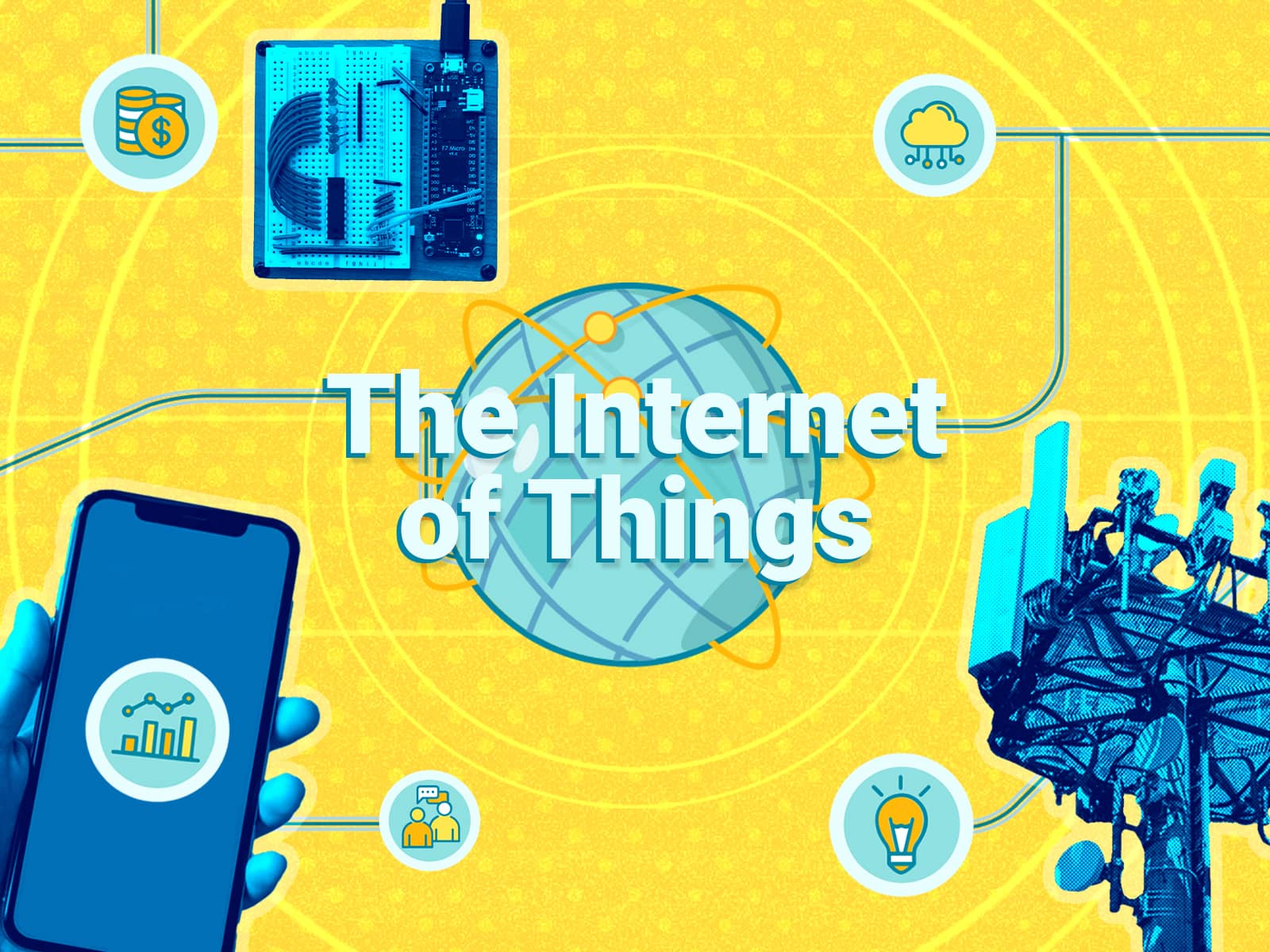
Those : iotforall.com
There are numerous examples of IoT devices that are commonly used in our daily lives. Some examples are:
Smart thermostats: These devices are connected to the internet and use sensors to detect and record your home's preferred temperature, occupancy patterns, and weather conditions. You can automatically adjust the temperature in your home to save energy and improve comfort.
Body-worn fitness trackers: These devices, such as: B. Smartwatches or fitness bracelets record your physical activities, your heart rate, your sleeping behavior and much more. They can be synchronized with your smartphone or other devices and provide information about your health and fitness.
Smart home security systems: These devices include connected cameras, doorbells, and sensors that can monitor and secure your home. They provide remote access and notifications, allowing you to monitor and control your home security from anywhere.
Connected cars: Modern cars can be equipped with IoT technologies that offer features such as GPS navigation, real-time traffic information, remote diagnostics and entertainment options. They can also communicate with other cars and infrastructure to increase safety and efficiency.
Smart appliances: These include smart refrigerators, washing machines and other home appliances that connect to the internet and can be controlled remotely. They offer features such as energy consumption optimization, remote monitoring and personalized settings.
These examples of IoT devices typically work with sensors that collect data, process that data through embedded software, and send it to the cloud for analysis. The devices can communicate with other devices or with the user's smartphone or computer via wired or wireless connections, enabling remote control, monitoring and data analysis.
How is the Internet of Things (IoT) transforming industries such as healthcare, transportation and agriculture?

Those : bechtle.com
IoT is having a significant impact on various industries, including healthcare, transportation, and agriculture. Here are some examples of how IoT is transforming these industries:
Healthcare: IoT is revolutionizing healthcare by enabling remote patient monitoring, telemedicine and personalized medicine. IoT devices such as wearable fitness trackers, smartwatches, and medical sensors can collect real-time health data from patients, which can be analyzed to provide insights and alerts to healthcare providers. This enables remote monitoring of patients with chronic diseases, early detection of health problems and personalized treatment plans. The Internet of Things also improves patient safety through smart medical devices and increases operational efficiency in healthcare facilities through asset tracking, inventory management and patient flow optimization.
Transportation: IoT is transforming the transportation industry by enabling connected and autonomous vehicles, intelligent logistics and fleet management. IoT technologies in vehicles can provide real-time data about vehicle performance, location, fuel consumption and maintenance needs, enabling predictive maintenance and optimized route planning. Connected vehicles can communicate with each other and with infrastructure, increasing road safety and reducing traffic congestion. IoT also enables smart logistics by tracking and monitoring shipments, optimizing supply chain operations and reducing costs.
Agriculture: IoT is driving innovation in agriculture, often referred to as smart farming or precision farming. IoT devices such as soil sensors, weather stations, and drones can collect data about soil moisture, temperature, plant growth, and weather conditions. This data can be analyzed to optimize irrigation, fertilization and pest control, resulting in higher crop yields, reduced resource consumption and improved sustainability. The Internet of Things also facilitates livestock monitoring, crop monitoring and agricultural automation, leading to more efficient and sustainable agricultural practices.
Overall, IoT is driving profound change in industries such as healthcare, transportation and agriculture by enabling data-driven decision making, automation and optimization of processes, resulting in better outcomes, greater efficiency and lower costs.
What are the benefits and challenges of IoT technology?
Advantages of using IoT technology:
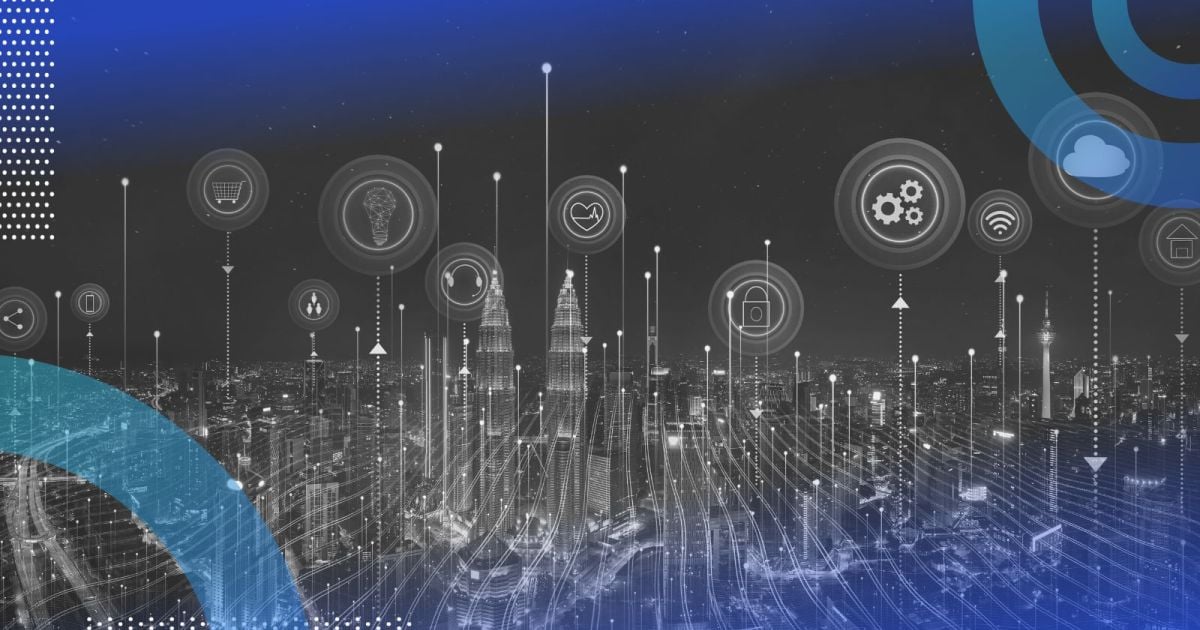
Those : builtin.com
Increased efficiency and productivity: The Internet of Things enables real-time automation, optimization and data analysis, resulting in greater efficiency and productivity in various areas such as manufacturing, logistics and agriculture. IoT devices can monitor, analyze and control processes, resulting in reduced downtime, better resource utilization and streamlined operations.
Improved customer experience: IoT devices can provide personalized and convenient experiences for customers. For example, smart home appliances can optimize energy consumption, enable remote control and automation, and improve convenience. Wearable devices can monitor health and fitness and provide insights and recommendations. Connected cars can offer navigation, entertainment and safety features. These improved experiences can lead to higher customer satisfaction and loyalty.
Better decision making: The Internet of Things generates massive amounts of data that can be analyzed to gain insights and make decisions. This data can be used to optimize operations, identify patterns and trends, and make data-driven decisions across various industries. In agriculture, for example, data from soil sensors and weather stations can serve as a basis for decisions on irrigation and fertilization, which leads to optimized crop yields.
Improved security and protection: IoT devices can improve security in various areas such as: B. in the areas of home security, traffic and industry. For example, connected cars can issue real-time safety alerts and provide assistance in emergencies. Smart home appliances can monitor for break-ins, fires and leaks. In industry, IoT can improve employee safety by remotely monitoring hazardous environments.
Challenges when using IoT technology:
Security and privacy concerns: IoT devices can collect and transmit massive amounts of data, raising concerns about data security and privacy. Unauthorized access to IoT devices or data breaches can lead to data theft, identity theft, and other security risks. Robust security measures such as encryption, authentication and access controls are critical to mitigating these risks.
Interoperability and standards: IoT devices come from different manufacturers and may use different communication protocols, making interoperability and integration challenging. A lack of standards and compatibility can hinder seamless communication and data exchange between different IoT devices and platforms, limiting their potential for widespread adoption and interoperability.
Data management and analysis: The Internet of Things generates massive amounts of data that need to be captured, stored, analyzed and processed. Managing and analyzing this data can be very complex and requires advanced analytics capabilities, data storage infrastructure, and data management practices to derive meaningful insights and value from the data.
Ethical concerns: The Internet of Things raises ethical concerns around privacy, consent and transparency. The collection and use of personal data by IoT devices raises questions about how the data is used, who has access to it, and what impact this may have on individual privacy and autonomy. Ethical considerations such as privacy and consent must be carefully considered to ensure responsible and ethical use of IoT technology.
Cost and Complexity: Implementing and maintaining IoT infrastructure can be costly and complex, especially for smaller businesses or organizations. Deploying IoT devices, data management infrastructure, and analytics capabilities can require significant investments in hardware, software, and expertise, which can present challenges for adoption and implementation.
Overall, while IoT technology offers numerous benefits in terms of efficiency, productivity, customer experience and decision-making, it also presents challenges in terms of security, interoperability, data management, ethics and costs that must be carefully addressed for successful adoption and use.
How can individuals and businesses ensure the security and privacy of IoT devices and data?
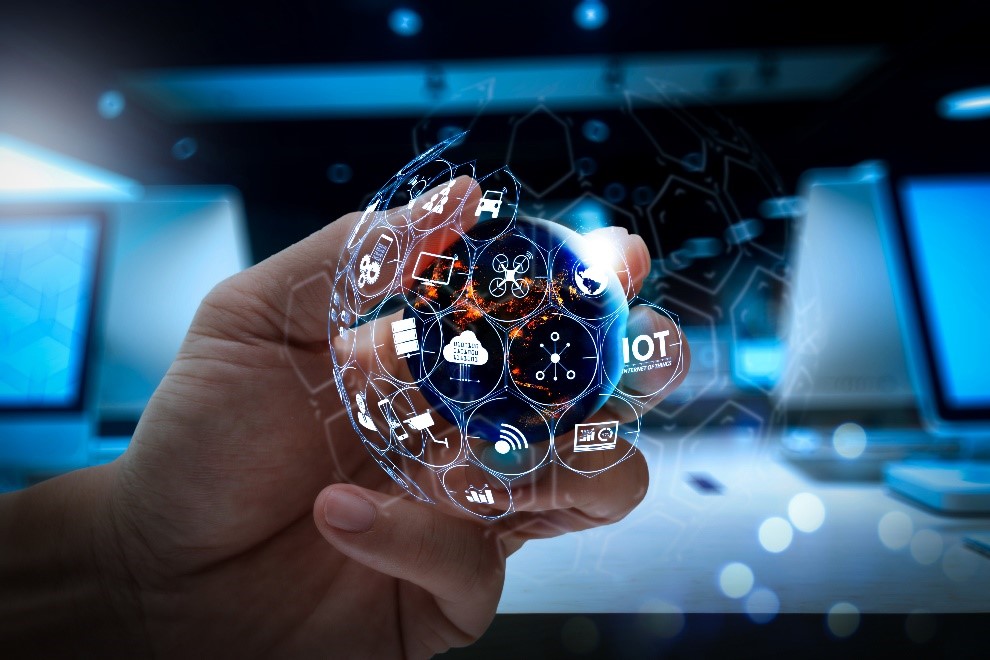
Those : openaccessgovernment.org
Ensuring the security and privacy of IoT devices and data is important to protect against potential risks and threats. Here are some best practices for individuals and businesses to improve the security and privacy of IoT devices and data:
Keep devices up to date: Regularly update IoT devices with the latest firmware and security patches provided by manufacturers. This helps close known security holes and protect against potential attacks.
Use strong and unique passwords: Change the default passwords on IoT devices to strong, unique and complex passwords. Avoid using generic or easy-to-guess passwords. Use password managers to securely store and manage passwords.
Enable encryption: Enable encryption for data transferred between IoT devices and networks. Use secure communication protocols such as HTTPS, SSL or TLS to encrypt data in transit and use encryption mechanisms such as WPA2 to secure Wi-Fi networks.
Disable unnecessary features: Disable or limit unnecessary features in IoT devices that are not in use, such as: B. Remote access or guest access to reduce potential attack surfaces.
Secure network: Secure the network used by IoT devices by using strong and unique Wi-Fi passwords, setting up a separate guest network, and using firewalls to filter incoming and outgoing traffic.
Regularly monitor and audit devices: Regularly monitor and audit IoT devices for signs of suspicious activity or unauthorized access. Keep track of the devices connected to the network and review the logs and activity reports provided by the devices.
Keep data local when possible: Avoid transferring sensitive data to the cloud or external servers unless necessary. Keep sensitive data locally on devices or on a secure, encrypted local network.
Enable two-factor authentication: Enable two-factor authentication (2FA) wherever possible to provide an additional layer of security. This may include the use of biometric features such as fingerprint or facial recognition in addition to a password.
Be careful with third-party apps and services: Be careful when using third-party apps or services that integrate with IoT devices and carefully review their privacy and security settings. Only use trusted and reputable apps and services from well-known sources.
Stay informed: Stay up to date on the latest security threats, vulnerabilities, and best practices for securing IoT devices and data. Follow security guidelines and recommendations from device manufacturers, security experts and industry organizations.
By following these best practices, individuals and businesses can significantly improve the security and privacy of IoT devices and data, mitigate potential risks, and protect against unauthorized access, data breaches, and other security threats.
